Table of Contents

You see your hair is shedding...
It clogs up your shower drain…
You see a lot of it falls on the floor...
And now, you have to vacuum every other day or your carpet turns into a hairy rug…
Then you begin to panic.
You feel helpless.
And frustrated.
My dear fellow women…
Do not fret.
Hair shedding is a part of everyday life.
In fact, hair loss is TOTALLY normal.
Let’s take a deeper understanding of it...
Female Hair Loss – What It Is?...

Hair loss is a very common problem for women.
Out of 3...at least, 1 woman will suffer from hair loss or reduced hair volume at some point in their lifetime.
But DO NOT freak out.
Your mane will recover.
But first, here's everything you need to know...
What is hair loss in women?
Normally, people shed from 50 to 100 single hairs per day.
You see, hair shedding is part of a natural balance.
Some hairs fall out while others grow in.
When the balance is interrupted…
When hair falls out and less hair grows in….
That is called hair loss.
How common is hair loss in women?
Many people think that hair loss is only common to men.
However, it is estimated that more than 50% of women are experiencing noticeable hair loss.
And you know what is the most significant cause of hair loss in women?…
It is the female-pattern hair loss or FPHL.
And that already affects some 30 million women in the United States.
Who is affected by hair loss in women?
Any girl or woman can be affected by hair loss.
However, it is usually more common in:
- Women older than 40
- Those who have just had babies
- Women who have had chemotherapy and those who have been affected by other medications
- And those who often have hairstyles that pull on the hair (like tight ponytails or tight braids) or use harsh chemicals on their hair.
Tip: When you’re styling your hair try using a JuvaBun Claw Clip to make sure your hair not being harshly pulled tight when you want a ponytail hairdo.
What causes hair loss in women?
1. Family history (heredity):
This type of hair loss is female-pattern hair loss.
Also called androgenetic alopecia or androgenic alopecia.
This type of hair often gets worse when estrogen is lost during menopause.
2. Hairstyle:
This causes hair loss when hair is styled in ways that pull on roots, like tight ponytails, braids, or cornrows.
This type of hair loss is called traction alopecia.
If hair follicles are damaged, the loss can be permanent.
3. Extreme stress or shock to the body:
This causes temporary hair loss.
It includes events like losing a lot of weight, surgeries, illness and having a baby.
This type of hair loss is called telogen effluvium.
It happens to hair in the resting stage.
4. Toxic substances, including chemotherapy, radiation therapy, and some medications:
This causes sudden hair loss that can occur anywhere on the body.
This type of hair loss is called anagen effluvium.
It happens to hair in the growth stage.
Sometimes, this type of hair loss can be permanent if the hair follicles are damaged.
Other medical conditions:
Alopecia areata is an autoimmune skin disease that causes patchy hair loss on the head and possibly other places on the body. It is usually not permanent.
Alright...
Now you know what it is...the female hair loss.
So what’s next?
Let’s go and find out how to deal with it. ;-)
Female Hair Loss – What You Can Do About It?...

When dealing hair loss…
There are two simple things I’d like to suggest.
One...
RECOGNISE THE PROBLEM
Hair loss doesn't happen fast.
Our strands grow in cycles.
This means it can take up to 3 months for the hair to fall out after a trigger has caused it.
But when you already noticing an excessive daily hair shedding for longer than 3 months…
That would be a time that you must see a trichologist or your GP.
There could be an underlying factor that needs to be addressed.
Very importantly…
Try NOT to panic.
Relax...
And know that hair will start to grow back as usual once any internal imbalance is put right.
That’s it.
Two…
CHANGE UP YOUR DIET
1. Since hair is made of protein…
Intake more protein-rich foods essential.
Include at least a palm-sized portion of protein at breakfast and lunch (approx. 120g in weight).
2. Aside from protein-rich foods…
Complex carbohydrates are essential.
Because they provide our hair with the energy it needs to grow.
You can snack on healthy carbohydrates (i.e. fresh fruit, crudité, or whole wheat crackers)...
If longer than four hours is left between meals…
As energy available to hair cells drops after this amount of time...
If you are losing your hair because of something other than diet…
Like stress or an illness...
Changing what you eat will not remedy it.
Sources:
https://www.cosmopolitan.com/uk/beauty-hair/advice/a48958/hair-loss-reasons/

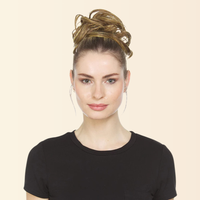
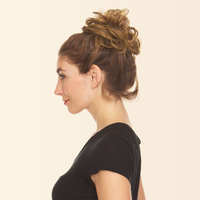
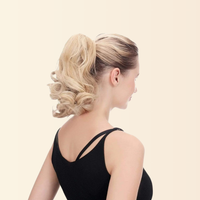
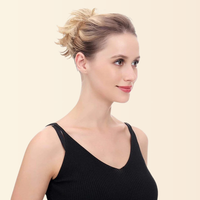

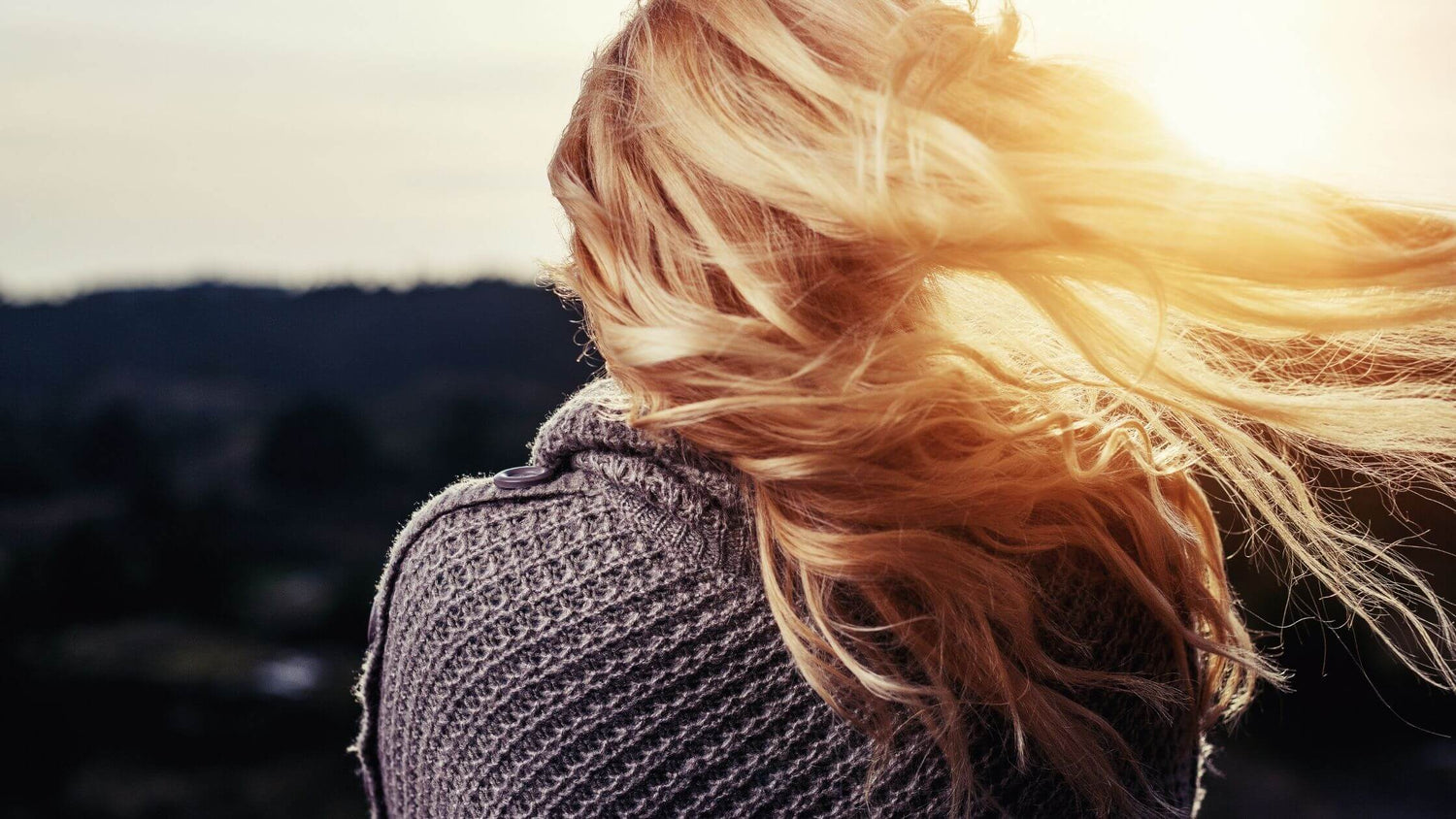

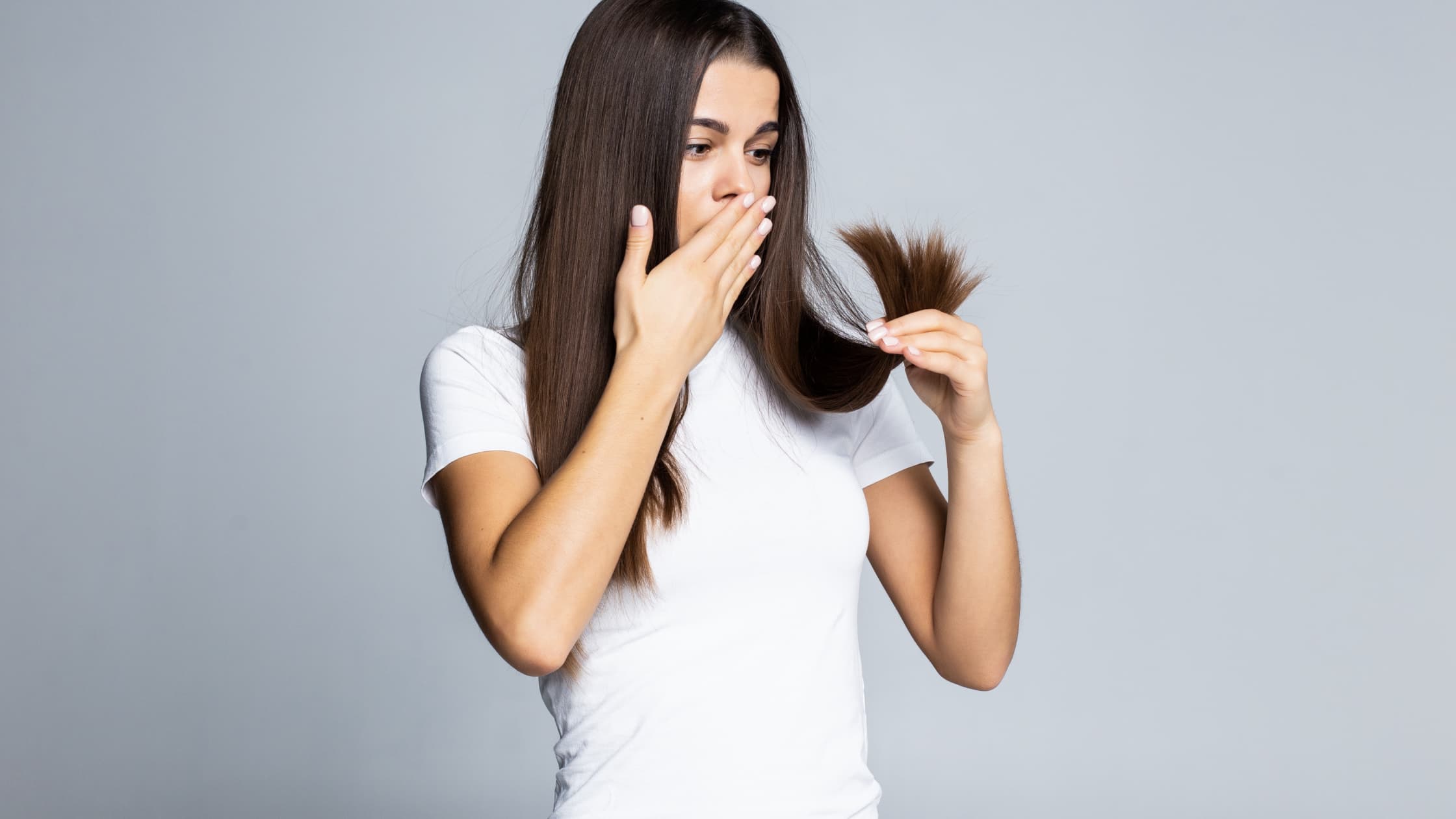
Leave a comment
This site is protected by hCaptcha and the hCaptcha Privacy Policy and Terms of Service apply.